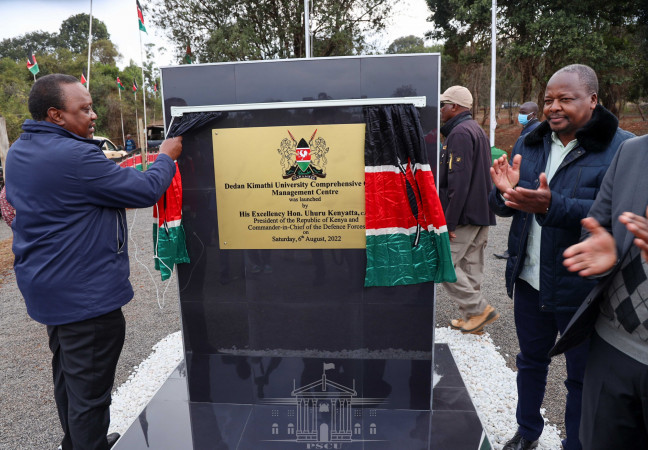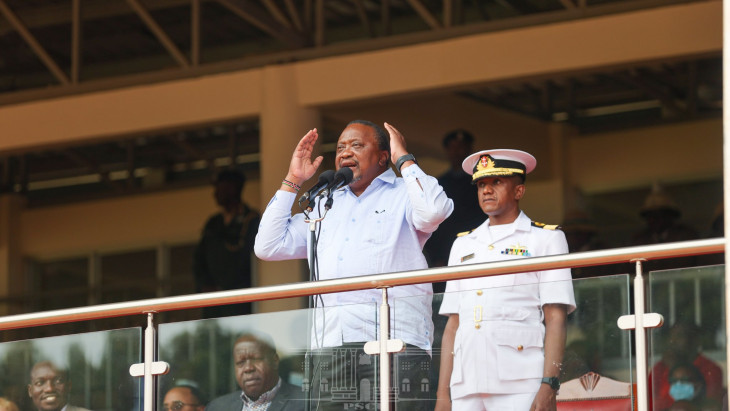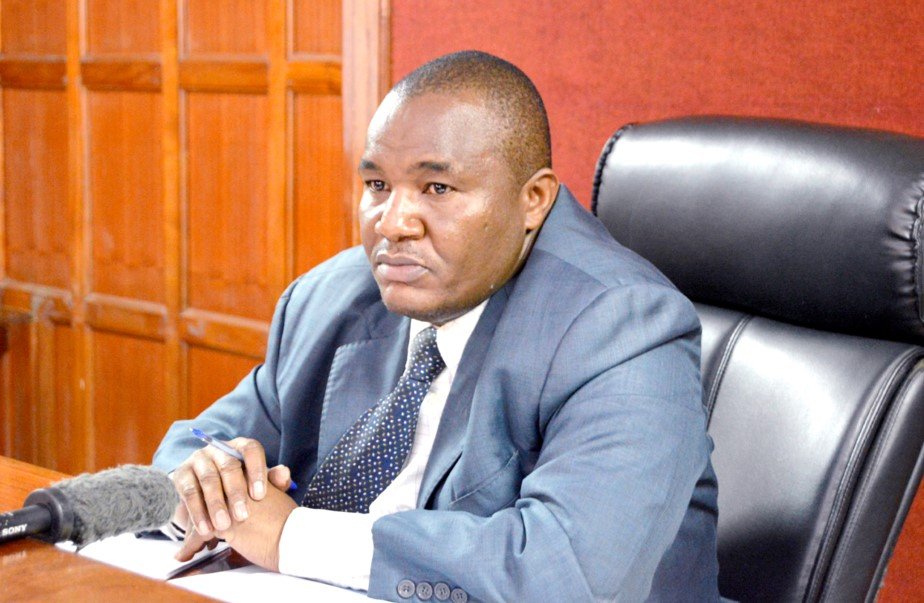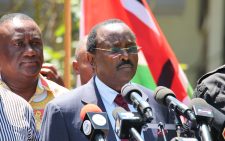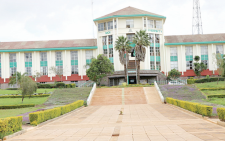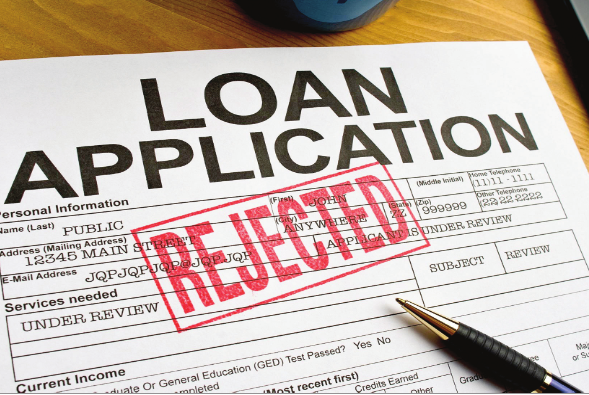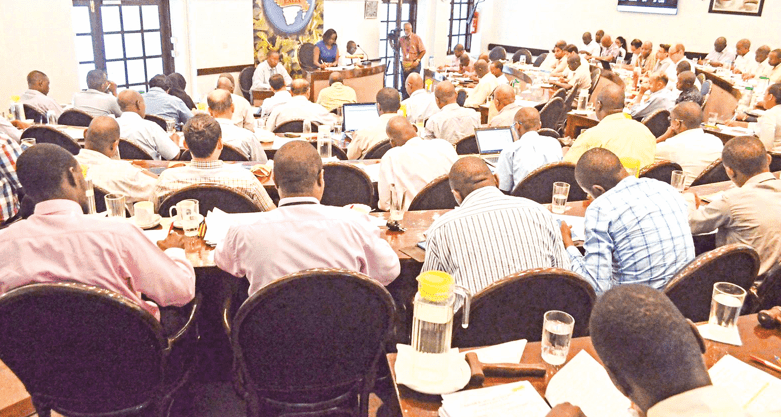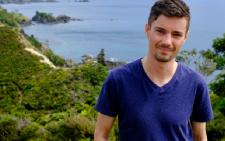Plans to unlock potential of Lake Victoria excites region
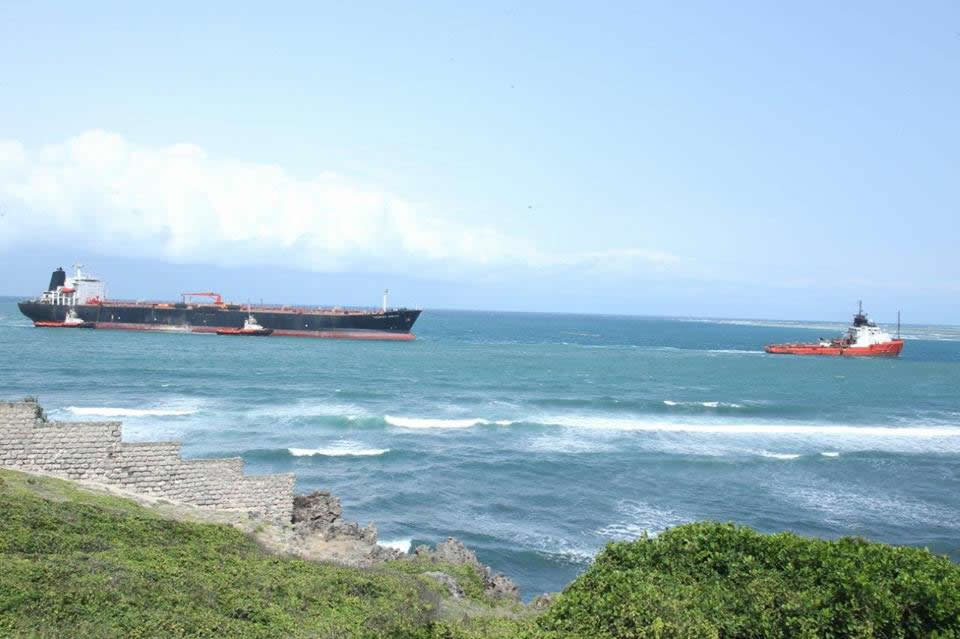
Kepher Otieno
Nyanza is home to the second largest water mass in the world, Lake Victoria, arguably one of the major transport routes linking the East African countries.
Kenya has six per cent share of the Lake while Uganda boasts of 43 per cent and Tanzania boasts of having the largest shoreline share of 51 per cent.
But even with the six per cent share that Nyanza has, nothing much has been done to harness and tap the lake’s natural economic resources.
Instead, Nyanza people have been treated to politics of the water resource, ranging from pollution, to biodiversity loss, dwindling fish stocks, harassment of fishermen and piracy.
Today, it is estimated that the lake’s indigenous fish species have been reduced by 80 per cent and over 60 per cent of the forest cover in the catchment area has been lost.
These challenges inform the current push by the Nyanza leaders to find better ways in which they can exploit the lake’s underutilised resources for eons.
Unlike in the past, when discussions around the subject would be seen as mere talks, this time round the leaders are committed to work with the government to make good use of Lake Victoria.
And true to their commitment, the lake is now being put back into life with a number of more economically resilient activities going on in the water than it was five to 10 years ago.
Today, a visit to the side of Lake in Kenya reveals a flurry of activities that are taking place to unlock its blue economy potential.
If it’s not the Kisumu Port being revitalised, at Sh3 billion, then it is maritime transport being revived, boat transport, or cage fish farming among other serious economic ventures.
All these fresh developments are born out of mutual co-operation, clothed in handshake between President Uhuru Kenyatta and ODM leader Raila Odinga.
Raila, while unveiling his economic vision for Nyanza recently, disclosed that top of his priority is to work closely with the State to unlock the lake’s potential and to promote the blue economy.
He argued there is a need to tackle the Lake infrastructure and harness its resources, as well to promote the much-hyped blue economy, to create more wealth and employment.
Other activities include, using the water resources to develop hydroelectric power, provide fresh water for drinking, increased industrial use and now suggestions are on how to use it for irrigation.
This includes modernisation of the East African states’ shared ports, missing links of the Trans-African Highways Network and the continental high-speed freight railways network.
Raila who is also the African Union High Representative for Infrastructure said these are important cross countries infrastructure projects. The projects are part of the First-Ten Year Implementation Plan (FTYIP) of Agenda 2063 (2013 – 2023).
Investigations by the Business Hub established that Kenya Maritime Authority (KMA) is also keen to exploit the Lake’s potential more than ever before.
Streamline maritime safety
It has collaborated with the Water Resource Management Authority (WARMA) and other agencies to harness the blue economy and streamline maritime safety in Lake Victoria.
The other agencies also involved are Lake Basin Development Authority (LBDA), National Environmental Management Authority (NEMA) and the Lake Region Economic Bloc (LREB).
Raymond Omollo, LBDA managing director says the blue economy is starting to get a lot of attention now because land issues are becoming more pressing.
‘’Thousands of people living on the shores of the lake are starting to look towards the large portion covered by water, that previously seemed inhospitable and inaccessible,’’ he argues.
This is one of the reasons they were coming together to begin thinking of how they can leverage and to build the technology that will help to better understand how to manage water resources.
‘’It’s important that we develop a sustainable approach to our Lake because it will yield better resources for us in the future,’’ Omollo says, adding that blue economy can boost a country’s economic growth and environmental protection and, by extension, help achieve the Sustainable Development Goals of the 2030 Agenda.
The partnering agencies agreed on an initiative to enhance the development of access roads to landing sports, beaches and tourism sites along Lake Victoria basin.
‘’The Lake is an abundant resource and has the potential to expand existing sectors as well as nurture entirely new ones – if we manage it,’’Omollo says.
According to LREB chief executive Abala Wanga their memorandum of understanding action plan will address issues on the utilisation of resources on the Lake Victoria basin.
He explains that the plan will ensure rehabilitation of international transport connecting to the Kisumu port and other lake region ports.
This will also ensure social inclusion and sustainability which will promote a blue economy that is prosperous, inclusive and sustainable.
“This multi-agency plan not only seek to ensure sustainable use of resources but also strives to enhance maritime safety through provision of toll free services for communication and enforcement of use of life jackets by the support of the coast guards,’’ Abala said.
